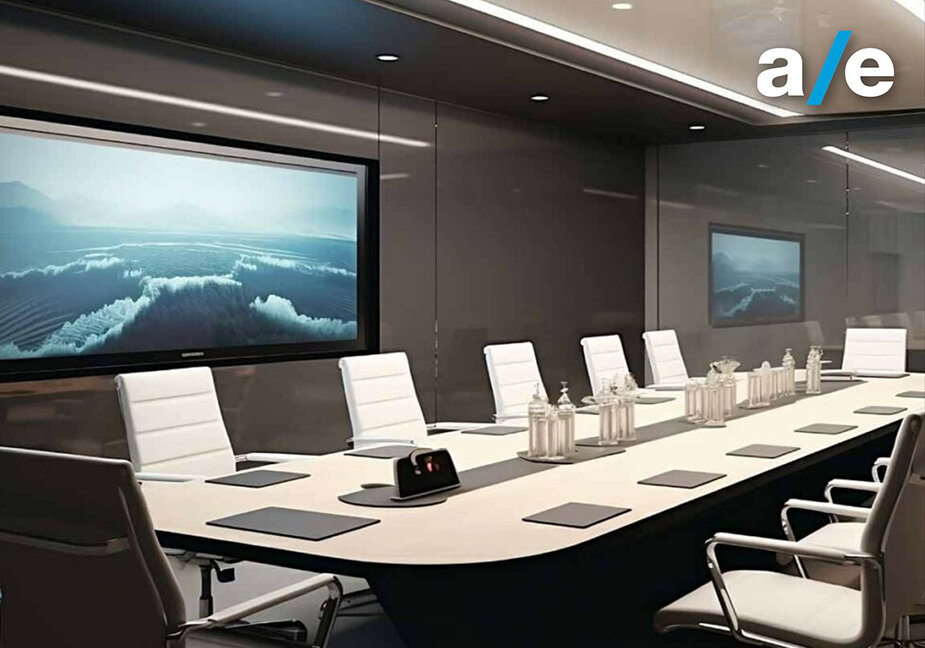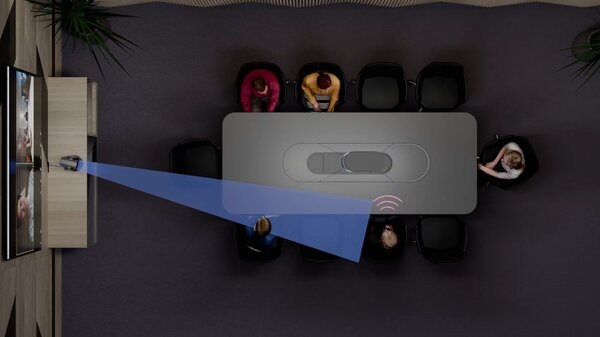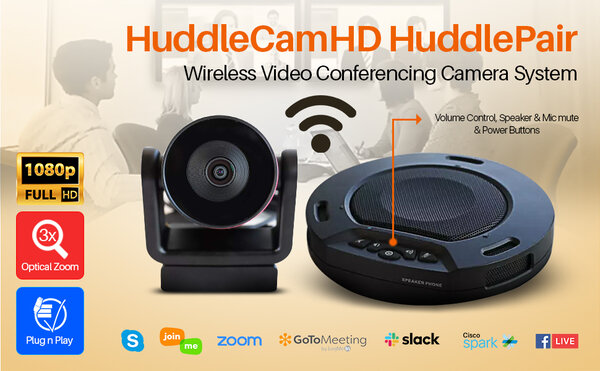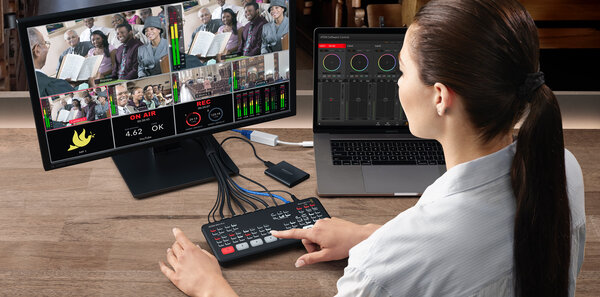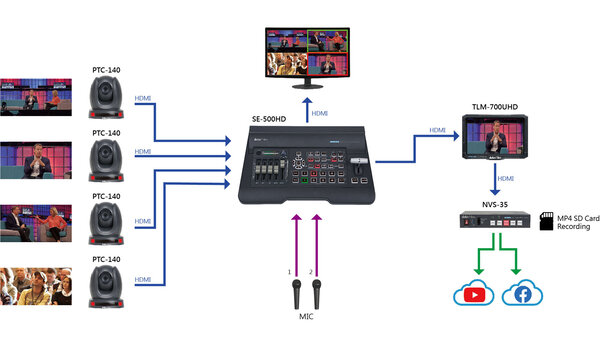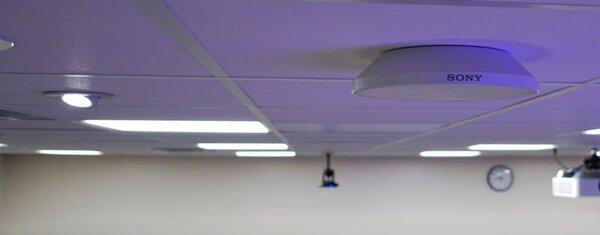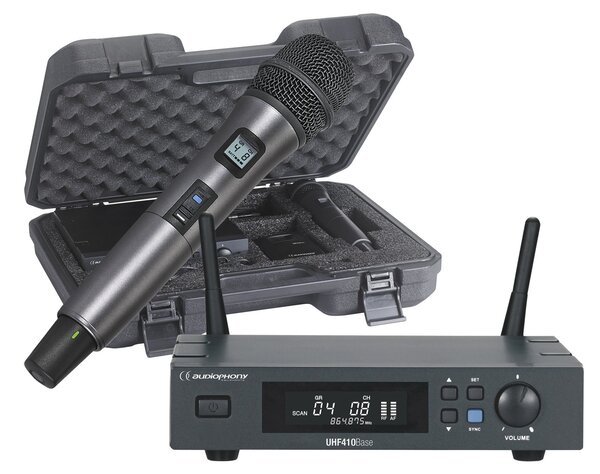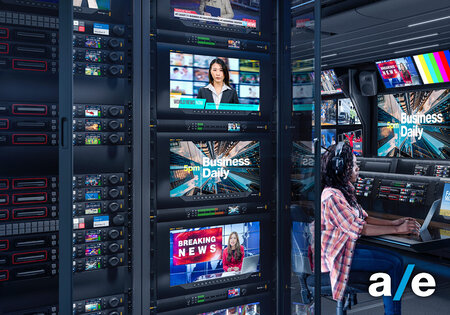From artificial intelligence to integrated solutions, professional and educational environments are undergoing a profound transformation driven by technological innovation in the audiovisual sector. New AV systems enhance communication quality, making every presentation clearer, more dynamic, and more engaging. Intelligent tracking systems for PTZ cameras, switchers and encoders for streaming, beamforming microphones and speakers all contribute to creating interactive and immersive experiences. Whether in person or remote, these technologies enable more effective collaboration and truly inclusive learning environments.
In recent years and especially since 2020 the world of conferencing and education has undergone a radical transformation, driven by increasingly intelligent, flexible, and scalable AV technologies. From PTZ cameras with automatic subject tracking to live streaming video solutions and audio systems designed for collaborative environments, the landscape has expanded with tools that break down physical barriers and enhance communication experiences.
In a conference room or multimedia classroom besides, of course, a display or projector for content visualization, which we’ll discuss separately you’ll almost always find the following equipment:
- One (or more) cameras, typically PTZ models
- A video switcher or mini switcher
- A streaming encoder for live broadcasts, if required
- An audio system consisting of microphones, a mixer, and loudspeakers for sound reinforcement
PTZ cameras: now even “smarter”
PTZ cameras have become a staple in university classrooms, conference rooms, and hybrid environments. Their ability to be remotely controlled, combined with powerful optical zoom and smooth pan/tilt movements, makes them ideal for dynamic, professional shots. The real leap forward, however, has come with the integration of AI.
The latest models such as the PTZOptics Move 4K and Link 4K serie, include advanced AI-based auto-tracking functions that allow the camera to automatically follow the speaker’s movements, adjusting the zoom in real time. These tracking modes include:
- Auto-Tracking Composition Mode: Keeps the subject in a predefined position (centered, off-center) while moving.
- Dynamic Zoom Mode: Smoothly adjusts the zoom to maintain perfect framing.
- Multi-person Framing: Ideal for round tables or team meetings, where multiple participants need to be captured simultaneously.
- Voice Tracking: Automatically steers the camera toward the active speaker.
The Voice Tracking feature deserves special mention. Currently available in Beta for 4K models, it enables the PTZ camera to automatically point toward whoever is speaking, using one or more compatible beamforming microphones. These microphones must be on the same Ethernet (Dante) network as the camera and can detect the speaker’s position, sending x/y coordinates as metadata that the camera reads to reposition the optical group accordingly. This feature is particularly useful in conference rooms without an individual microphone for each participant.
These functions eliminate the need for a dedicated operator, reduce costs, and simplify technical management—making PTZ cameras an essential tool for modern education and institutional events.
In addition to the American-made PTZOptics products, Audio Effetti also offers models from Datavideo. For those seeking a more budget-friendly option, the HUDDLECAMHD HUDDLEPAIR is an entry-level solution that combines a webcam and wireless speakerphone, providing an all-in-one setup for basic video conferencing.
Video Switching: compact yet powerful control
Behind almost every conference setup, there’s a video switching system managing sources, transitions, and content distribution.
This system is particularly useful for controlling PTZ cameras via LAN, mixing additional video sources such as the presenter’s PC, embedding audio into the program feed, generating a USB output for any conferencing software or platform, and recording the program signal to solid-state storage.
Among the most reliable and widely used solutions are those from Blackmagic Design and Datavideo, both designed for professional and educational environments.
- Blackmagic ATEM Mini Pro: video switcher with four HDMI inputs, USB webcam and HDMI outputs, H.264 recording, and streaming capabilities.
- Datavideo SE-500HD: a compact and affordable digital video switcher with four HDMI inputs and two HDMI outputs, compatible with HD and SD signals up to 1080p.
Streaming: professional live broadcasts without compromise
Real-time broadcasting has become a must. Streaming devices must ensure stability, multi-platform compatibility, and ease of use.
At the core of live streaming are encoders, which can be software- or hardware-based, and in some cases integrated directly into a mixer or switcher. Their job is to compress the signal to reduce bandwidth usage—which would otherwise be enormous for uncompressed video.
Handling large amounts of data in real time requires considerable processing power, and this is where hardware encoders truly shine. Unlike software-based solutions such as Wirecast or OBS, where processing relies on the computer’s CPU, dedicated encoders offload this task to an internal chip, freeing up resources and ensuring greater stability. Designed specifically for AV encoding, these devices dramatically reduce the risk of crashes or interruptions during live broadcasts. Once encoding is complete, the only remaining critical factor is the network connection: streaming demands a reliable, high-performance upload bandwidth to deliver the signal to the CDN (Content Delivery Network).
Examples of encoders from the Audio Effetti catalog include:
- Blackmagic Streaming Encoder 4K: hardware encoder (H.264/H.265) with 12G-SDI input, USB-C webcam output, and RTMP/SRT support.
- Blackmagic Web Presenter 4K: hardware encoder for direct Ultra HD streaming to platforms like YouTube and Facebook.
- Datavideo NVS-35: compact H.264 encoder supporting simultaneous dual-platform streaming and local SD recording.
Speaking of Blackmagic Design, the Australian company has recently announced some exciting innovations in the encoder/decoder segment, which we’ll present soon, so stay tuned!
Don’t forget the audio section…
Let’s start from the first link in the chain the sound capture stage. In recent years, beamforming arrays (such as the Sony MAS-A100) have gained popularity, ideal for conference rooms where discreet, unobtrusive solutions are preferred. These are especially appreciated in high-end boardrooms, where ceiling-mounted, nearly invisible microphones are a must.
However, not every project budget allows for such solutions. In that case, traditional gooseneck microphones placed on the table remain the standard choice common in council chambers (for example, the Rondson BE-10MIC, part of the BE-10CONF conference system) or wireless UHF multichannel systems with handheld, headset, or lavalier microphones, widely used for presentations.
Among handheld wireless systems, we recommend the Audiophony PACK-UHF410-Hand-F5, a high-quality product operating in the 514–564 MHz UHF range optimal after the latest Italian frequency reallocation plan (PNRF) imposed new restrictions on usable bandwidth for wireless microphones. The transmitter delivers 35 mW ERP output power, offering slightly greater range than comparable systems and up to 997 preprogrammed frequencies, while the receiver is a sophisticated True Diversity unit with dual removable antennas and an auto-scan function.
This system is also available in a headset version with bodypack transmitter (PACK-UHF410-Head-F5).
For setups requiring two handheld microphones, the Rondson BE-5038/2H-83 is a solid option.
A wide selection of wireless systems is available here: Wireless Systems.
As for mixers, a good-quality analog model is usually more than adequate. Key features include multiple mic inputs (preferably with Phantom power), a 3-band EQ, optional DSP effects, Bluetooth interface, and SD/USB playback for multimedia content.
Recommended models from our Audio Mixers catalog include Audiophony MPX8, ideal for meeting rooms and also available in a 6-channel version, HPA Promix 6R, perfect for smaller spaces and semi-permanent installations and the Power Acoustics MX 22 UB 2HF, which integrates a dual wireless microphone receiver.
Finally, let’s mention the loudspeakers starting with the high-end Harmonic Design beamforming models, designed for complex environments where controlled directivity and speech clarity are essential.
For most applications, column speakers are recommended. The latest technologies bring us Dante-ready active installation models such as the Segon JS-POE3, featuring integrated Dante modules and PoE power.
Those preferring traditional passive column speakers can opt for the Audiophony iLINE83, perfectly suited for speech reproduction.
Want to learn more?
Email us at international@audioeffetti.it

 English
English  French
French
